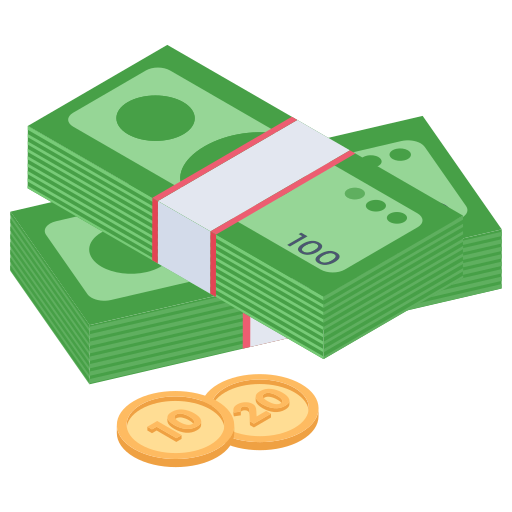- Thread Author
- #1
Interest rates are determined by each country's central bank. Interest rates not only affect investment instruments like crypto, stocks, bonds, etc., but also significantly impact the exchange rates of other currencies. Therefore, every investor and trader is always on the lookout for interest rate news, especially changes in interest rates from major countries like the United States, Canada, the Euro, and so on. For example:
In the EUR/AUD pair, the current interest rate (according to Google) on the Euro is 2.40%, while on the AUD it is 3.60%. If the European Central Bank (ECB) raises interest rates by
0.25%, the EUR interest rate will fall to 2.65%. Assuming the AUD interest rate remains unchanged, the demand for AUD will also remain stable. Many investors will withdraw their investments, such as gold, stocks, and crypto, and move them to Euro-denominated investments. Investors will profit from this interest rate change. Even though the EUR interest rate is smaller than the AUD interest rate, the EUR value not only rises against the AUD but also rises against other currencies and vice versa.
In the EUR/AUD pair, the current interest rate (according to Google) on the Euro is 2.40%, while on the AUD it is 3.60%. If the European Central Bank (ECB) raises interest rates by
0.25%, the EUR interest rate will fall to 2.65%. Assuming the AUD interest rate remains unchanged, the demand for AUD will also remain stable. Many investors will withdraw their investments, such as gold, stocks, and crypto, and move them to Euro-denominated investments. Investors will profit from this interest rate change. Even though the EUR interest rate is smaller than the AUD interest rate, the EUR value not only rises against the AUD but also rises against other currencies and vice versa.



